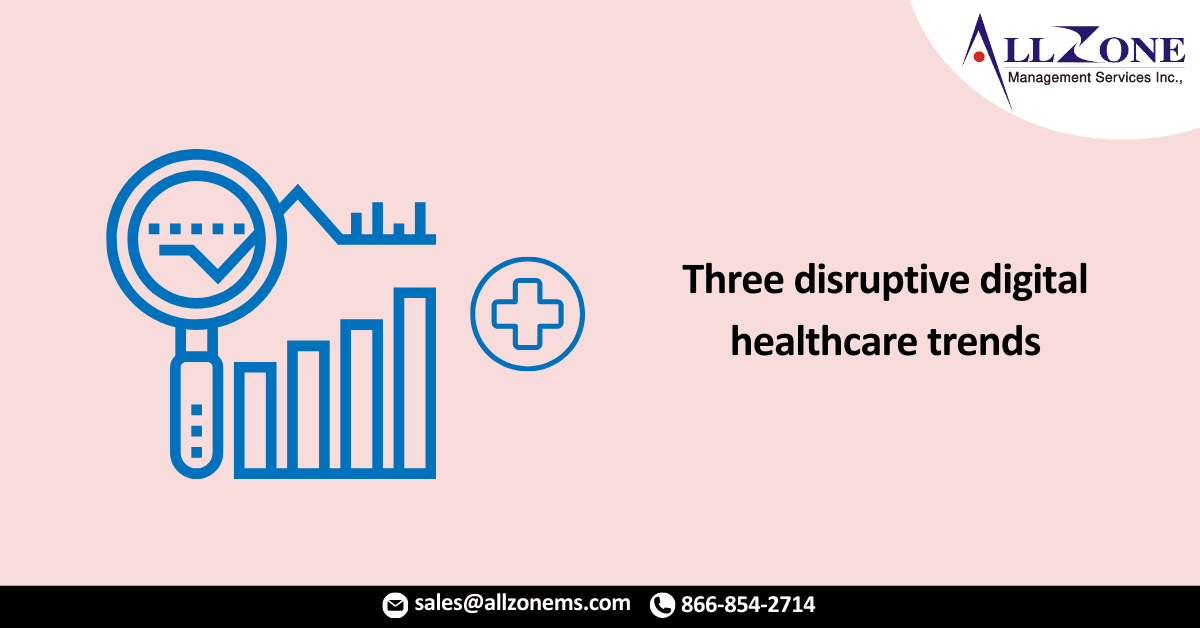More than two years into the pandemic, the healthcare industry has been altered tremendously.
The future of healthcare will need to be convenient and designed around a patient’s unique needs. As major retail outlets and pharmacy chains continue to disrupt traditional care delivery, the race is on to transform care, reduce costs, and improve access for all.
In this new world, many are wondering the same thing: What will be the biggest healthcare priorities moving forward?
To answer this question, it is vital to consider the rapidly changing digital health landscape. As more organizations are implementing and refining their digital health offerings, there are three consistent trends that are influencing healthcare organizations’ use of digital solutions.
The first is an increased focus on improving patient safety.
Industry research continually shows thatpatient safety improvement initiatives are topping hospitals’ lists of strategic priorities. In fact, year-over-year patient safety data from one annual survey shows that patient safety has now surpassed other priorities that topped the list prior to the pandemic, including improving efficiency and reducing costs.
What’s driving this shift? Safety vulnerabilities exposed during the pandemic may be one of the biggest contributors, along with an overall increase in patient safety incidents within hospitals. A majority of hospital leaders are responding to this shift with an uptick in clinical surveillance use.
Over the past two years, more than half of hospital leaders report the number has increased.
Secondly, there isgrowing pressure to enhance the patient and staff experience.
Improving patient and staff satisfaction is also on hospital leadership’s radar. This pressure had grown during the pandemic due to the high rates of staff shortages and burnout, and is pushing medical practices and health systems to consider how technology can be leveraged to empower clinical teams with resources and tools that drive efficiency and reduce the burden on staff.
One industry survey had found that 43% of healthcare leaders say their hospitals have lost nurses during the pandemic due to supply challenges and shortages, and that 80% of nurses want more supply chain automation tools to improve work effiiciency.
Hospitals are also increasingly looking toward technology solutions that can help improve the patient experience, due to growing competition for patients from both established and new entrants. More and more, healthcare leaders are indicating that they believe the further adoption of health technology solutions and virtual care can help provide positive patient experiences, with additional benefits including improved operational efficiency and improved patient satisfaction.
Another recent industry survey found that 96% of hospital executives believe implementing a digital health strategy is critical to improving patient satisfaction, in addition to improving productivity and clinician satisfaction. Ninety percent believe a digital health strategy is critical to attracting new patients.
This is also translating to a rapid increase in technology adoption by hospitals and health systems. For example, about one-third of hospitals and health systems that don’t currently use the following solutions plan to implement them in the next year:
Digital care navigators
Care journey orchestration tools
Self-service patient scheduling
Finally, healthcare organizations are increasingly leveraging alternative care delivery models.
The pandemic forced many healthcare organizations to look into alternative care delivery tactics to reduce costs, fill workforce gaps, and address burnout while still providing quality care and positive patient experiences. In fact, a majority of healthcare leaders have already implemented telemedicine and e-visit tools, and that number is expected by many to jump even higher in the next year.
Remote patient monitoring has also seen a huge uptick during the pandemic—and the rate of adoption among practices and clinics shows no sign of slowing down. In fact, the percent of practices engaging in remote patient monitoring is expected to jump from 57% to 76% in the next two years.
Additionally, other forms of technology-enabled care have helped organizations continue to deliver quality care amidst ongoing staffing shortages.
For example, a 2022 survey of senior living leaders found that while 75% of senior living community leaders believe that staffing shortages have affected their ability to provide personalized care to residents, 87% believe that a dedicated tech solution could help improve personalization by filling workforce gaps, automating recurring processes and forms fills, and providing tailored content and activity recommendations for residents. As nearly every U.S. nursing home and assisted living community is facing a workforce crisis, technology will play a more important role than ever before.
For More Information: https://www.medicaleconomics.com/view/three-disruptive-digital-healthcare-trends-to-watch-for-the-rest-of-2022

